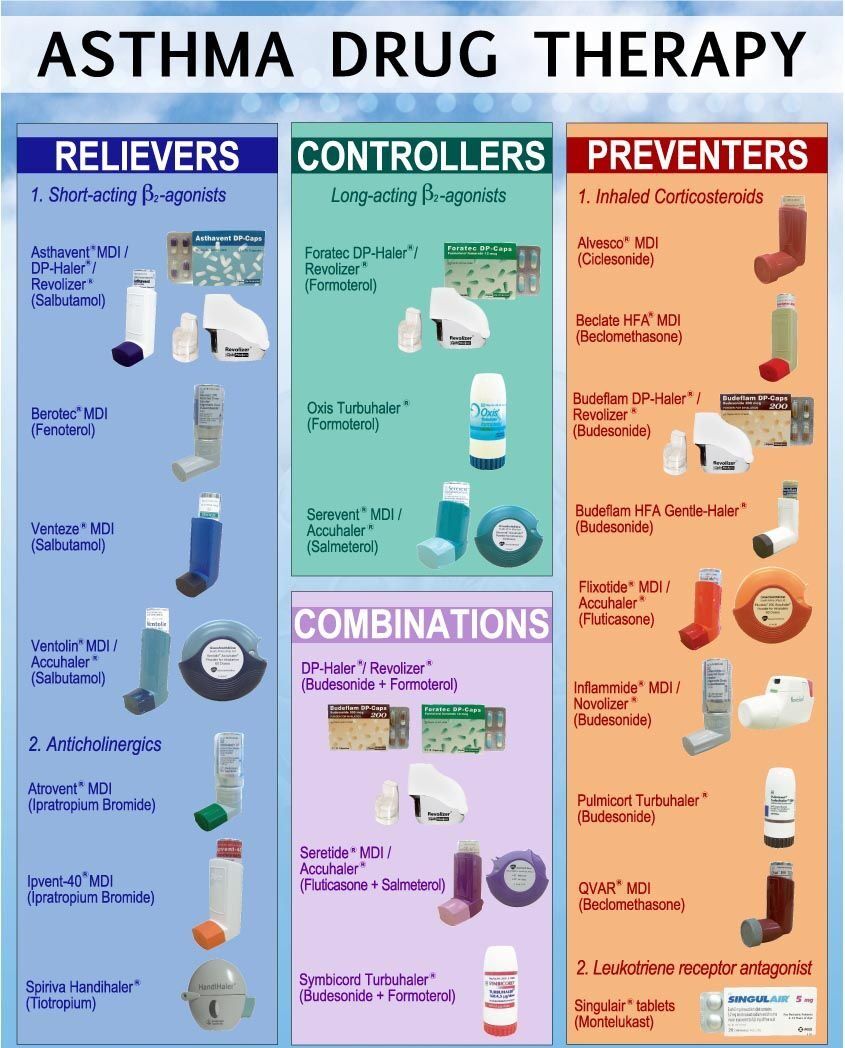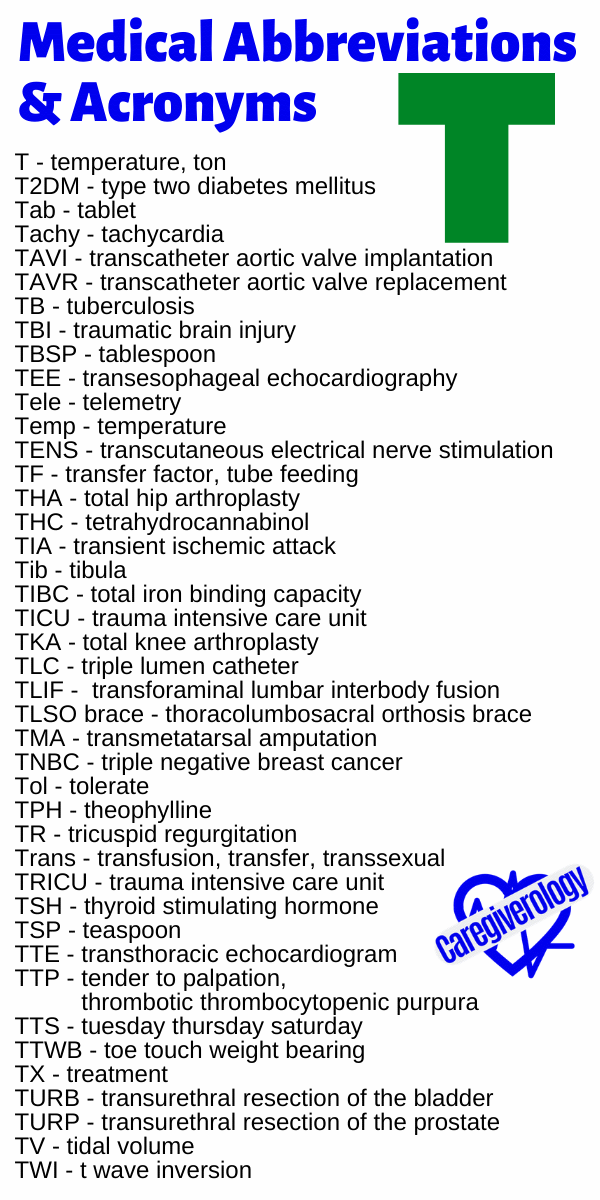
: 1 Meat is sometimes also used in a more restrictive sense to mean the flesh of mammalian species (pigs, cattle, sheep, goats, etc.) raised and prepared for human consumption, to the exclusion of fish, other seafood, insects, poultry, or other animals. Most often, meat refers to skeletal muscle and associated fat and other tissues, but it may also describe other edible tissues such as offal. The word mete also exists in Old Frisian (and to a lesser extent, modern West Frisian) to denote important food, differentiating it from swiets (sweets) and dierfied (animal feed). The term is related to mad in Danish, mat in Swedish and Norwegian, and matur in Icelandic and Faroese, which also mean 'food'.

The word meat comes from the Old English word mete, which referred to food in general. There are nonetheless people who choose to not eat meat (vegetarians) or any animal products ( vegans), for reasons such as taste preferences, ethics, environmental concerns, health concerns or religious dietary rules. Meat is important to the food industry, economies, and cultures around the world. Unprocessed meat will spoil or rot within hours or days as a result of infection with, and decomposition by, bacteria and fungi. It is edible raw but is normally eaten after it has been cooked and seasoned or processed in a variety of ways. Meat is mainly composed of water, protein, and fat.

This eventually led to their use in meat production on an industrial scale in slaughterhouses. The establishment of settlements in the Neolithic Revolution allowed the domestication of animals such as chickens, sheep, rabbits, pigs, and cattle. Humans have hunted, farmed, and scavenged animals for meat since prehistoric times. Meat is animal flesh that is eaten as food. For other uses, see Meat (disambiguation).Ī selection of uncooked red meat, pork and poultry


 0 kommentar(er)
0 kommentar(er)
